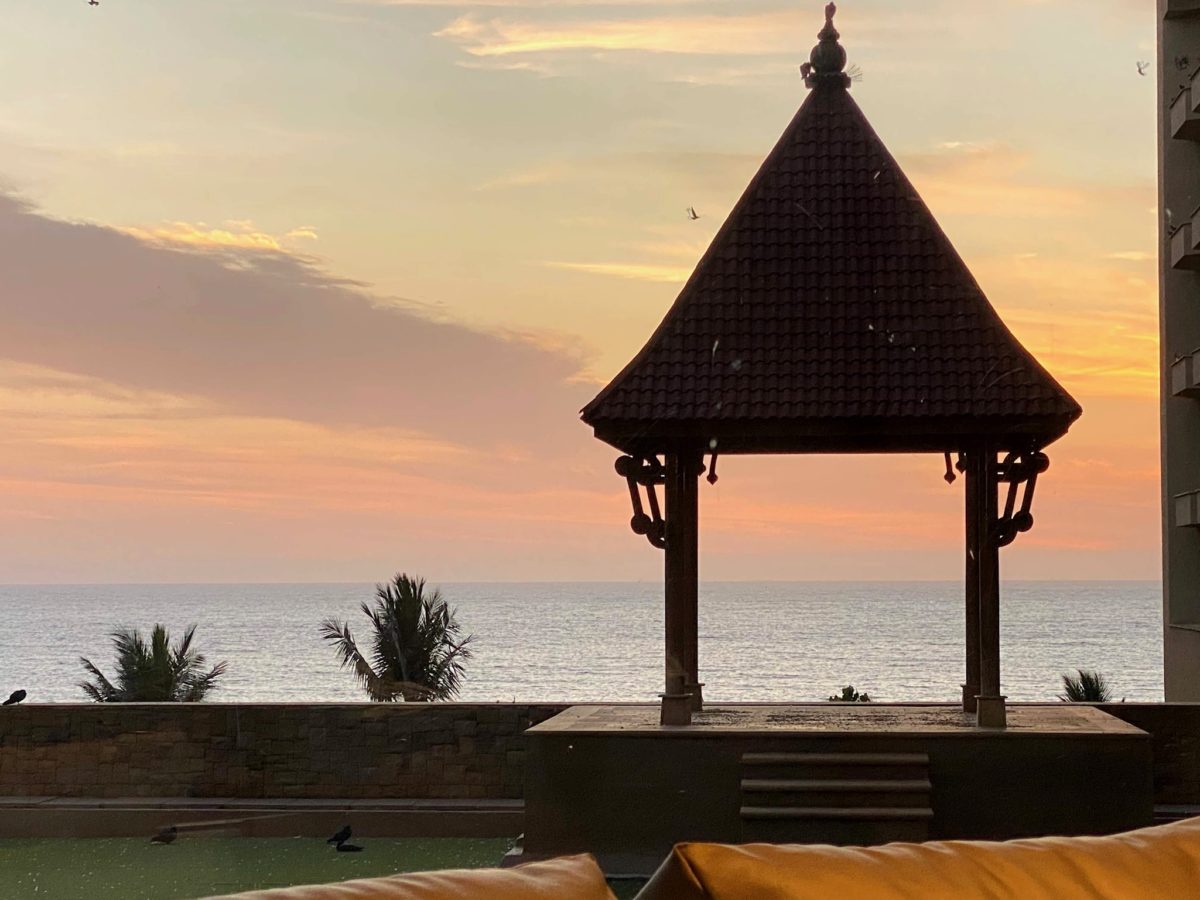
Karma yoga is one of the most pragmatic avenue described in Bhagavad Gita by Lord Sri Krishna, it is immaculately precise yet offers practical insights for every seeker who aspires to walk the path of spiritualism. Karma yoga answers the fundamental questions related to why and how a common man, engrossed in material world and consumerism walk the spiritual path and attain liberation (moksha) from the vicious cycle of birth and death which leads to suffering (dukha).
The word karma refers to all the past, present and future actions. Based on the profound understanding of human nature, the cause and effect are clearly put forth in our ancient scriptures, therefore, intention with which an action is performed carries with it the result, every action that we perform adds up to the sum total of our karma. If karma was a bank account every action performed with a noble intent adds a credit and an action carried out with a wrong intent adds to the debit.
There are three types of Karma
(i) Prarabdha karma (that which is attained at birth and everything that we are doing at the present moment).
(ii) Sanchita karma (the un-manifested fruit of all our past actions).
(iii) Agami karma (destined consequences that result from present actions, which determine the future).
We certainly can’t undo actions done in the past but what we can wilfully change is the present in-order to have a virtuous future. Therefore, by taking complete responsibility for our thoughts and actions, we create our reality. What we think or do with every passing second creates the kind of reality that we would enter into.
If our present intentions and our actions are filled with loving kindness (Maitri), compassion (Karuna), pure joy un-adulterated by self-interest (Mudita), a sense of letting go (Upeksha), we’d have the fortune to create a rightful future, which would ultimately enable our progress in the path of blissful existence, contentment (santosha), non-attachment (kaivalya) and liberation (moksha).
To be a true Karma Yogi one should live and breath the affirmation“Duty is Divinity”.

